Intel Pentium 2127U vs Intel Core Solo ULV U1500
Comparative analysis of Intel Pentium 2127U and Intel Core Solo ULV U1500 processors for all known characteristics in the following categories: Essentials, Performance, Memory, Graphics, Graphics interfaces, Compatibility, Peripherals, Security & Reliability, Advanced Technologies, Virtualization.
Benchmark processor performance analysis: PassMark — Single thread mark, PassMark — CPU mark, Geekbench 4 — Single Core, Geekbench 4 — Multi-Core, CompuBench 1.5 Desktop — Face Detection (mPixels/s), CompuBench 1.5 Desktop — Ocean Surface Simulation (Frames/s), CompuBench 1.5 Desktop — T-Rex (Frames/s), CompuBench 1.5 Desktop — Video Composition (Frames/s), CompuBench 1.5 Desktop — Bitcoin Mining (mHash/s), GFXBench 4.0 — T-Rex (Frames), GFXBench 4.0 — T-Rex (Fps).
Intel Pentium 2127U
Buy on Amazon
vs
Intel Core Solo ULV U1500
Buy on Amazon
Differences
Reasons to consider the Intel Pentium 2127U
- CPU is newer: launch date 7 year(s) 2 month(s) later
- 1 more cores, run more applications at once: 2 vs 1
- Around 43% higher clock speed: 1.
9 GHz vs 1.33 GHz
- Around 5% higher maximum core temperature: 105 °C vs 100°C
- A newer manufacturing process allows for a more powerful, yet cooler running processor: 22 nm vs 65 nm
- 2x more L1 cache, more data can be stored in the L1 cache for quick access later
| Launch date | 1 July 2013 vs April 2006 |
| Number of cores | 2 vs 1 |
| Maximum frequency | 1.9 GHz vs 1.33 GHz |
| Maximum core temperature | 105 °C vs 100°C |
| Manufacturing process technology | 22 nm vs 65 nm |
| L1 cache | 128 KB vs 64 KB |
Reasons to consider the Intel Core Solo ULV U1500
- 4x more L2 cache, more data can be stored in the L2 cache for quick access later
- 2.
 8x lower typical power consumption: 5.5 Watt vs 17 Watt
8x lower typical power consumption: 5.5 Watt vs 17 Watt
| L2 cache | 2048 KB vs 512 KB |
| Thermal Design Power (TDP) | 5.5 Watt vs 17 Watt |
Compare benchmarks
CPU 1: Intel Pentium 2127U
CPU 2: Intel Core Solo ULV U1500
| Name | Intel Pentium 2127U | Intel Core Solo ULV U1500 |
|---|---|---|
| PassMark — Single thread mark | 934 | |
| PassMark — CPU mark | 1030 | |
| Geekbench 4 — Single Core | 305 | |
| Geekbench 4 — Multi-Core | 564 | |
CompuBench 1.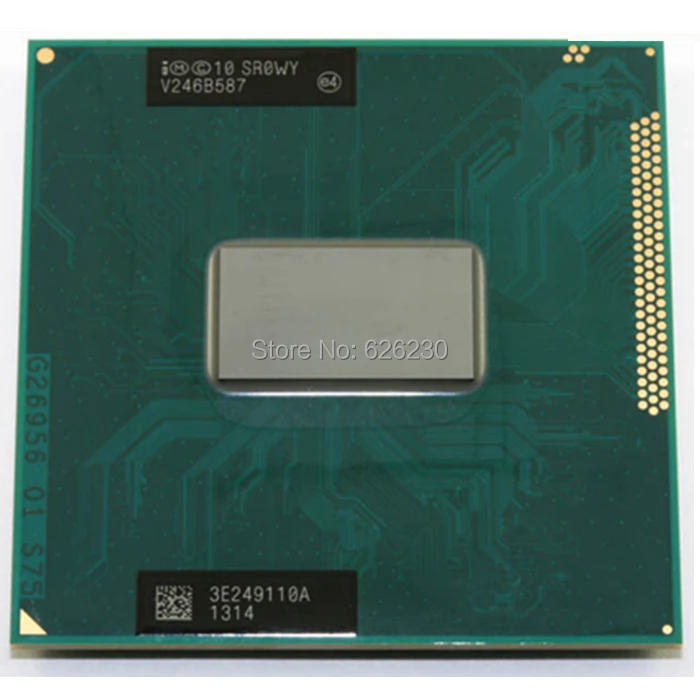 5 Desktop — Face Detection (mPixels/s) 5 Desktop — Face Detection (mPixels/s) |
2.831 | |
| CompuBench 1.5 Desktop — Ocean Surface Simulation (Frames/s) | 15.2 | |
| CompuBench 1.5 Desktop — T-Rex (Frames/s) | 0.121 | |
| CompuBench 1.5 Desktop — Video Composition (Frames/s) | 0.662 | |
| CompuBench 1.5 Desktop — Bitcoin Mining (mHash/s) | 1.403 | |
| GFXBench 4.0 — T-Rex (Frames) | 1795 | |
GFXBench 4. 0 — T-Rex (Fps) 0 — T-Rex (Fps) |
1795 |
Compare specifications (specs)
| Intel Pentium 2127U | Intel Core Solo ULV U1500 | |
|---|---|---|
| Architecture codename | Ivy Bridge | Yonah |
| Launch date | 1 July 2013 | April 2006 |
| Launch price (MSRP) | $134 | |
| Place in performance rating | 2670 | not rated |
| Price now | $134 | |
| Processor Number | 2127U | U1500 |
| Series | Intel® Pentium® Processor 2000 Series | Legacy Intel® Core™ Processors |
| Status | Launched | Discontinued |
| Value for money (0-100) | 4. 00 00 |
|
| Vertical segment | Mobile | Mobile |
| 64 bit support | ||
| Base frequency | 1.90 GHz | 1.33 GHz |
| Bus Speed | 5 GT/s DMI | 533 MHz FSB |
| L1 cache | 128 KB | 64 KB |
| L2 cache | 512 KB | 2048 KB |
| L3 cache | 2048 KB | |
| Manufacturing process technology | 22 nm | 65 nm |
| Maximum core temperature | 105 °C | 100°C |
| Maximum frequency | 1. 9 GHz 9 GHz |
1.33 GHz |
| Number of cores | 2 | 1 |
| Number of threads | 2 | |
| Die size | 90 mm2 | |
| Transistor count | 151 million | |
| VID voltage range | 0.85V — 1.1V | |
| Max memory channels | 2 | |
| Maximum memory bandwidth | 25. 6 GB/s 6 GB/s |
|
| Maximum memory size | 32 GB | |
| Supported memory types | DDR3/L/-RS 1333/1600 | DDR1 |
| Graphics base frequency | 350 MHz | |
| Graphics max dynamic frequency | 1.10 GHz | |
| Graphics max frequency | 1.1 GHz | |
| Intel® Clear Video HD technology | ||
| Intel® Clear Video technology | ||
| Intel® Flexible Display Interface (Intel® FDI) | ||
| Intel® InTru™ 3D technology | ||
| Intel® Quick Sync Video | ||
| Processor graphics | Intel HD Graphics | |
| CRT | ||
| DisplayPort | ||
| eDP | ||
| HDMI | ||
| Number of displays supported | 3 | |
| SDVO | ||
| Wireless Display (WiDi) support | ||
| Low Halogen Options Available | ||
| Max number of CPUs in a configuration | 1 | 1 |
| Package Size | 31mm x 24mm | 35mm x 35mm |
| Sockets supported | FCBGA1023 | PBGA479 |
| Thermal Design Power (TDP) | 17 Watt | 5. 5 Watt 5 Watt |
| Max number of PCIe lanes | 16 | |
| PCI Express revision | 2.0 | |
| PCIe configurations | 1×16, 2×8, 1×8 2×4 | |
| Anti-Theft technology | ||
| Execute Disable Bit (EDB) | ||
| Intel® Trusted Execution technology (TXT) | ||
| 4G WiMAX Wireless | ||
| Enhanced Intel SpeedStep® technology | ||
| Flexible Display interface (FDI) | ||
| Idle States | ||
| Instruction set extensions | Intel® SSE4. 1, Intel® SSE4.2 1, Intel® SSE4.2 |
|
| Intel 64 | ||
| Intel® AES New Instructions | ||
| Intel® Demand Based Switching | ||
| Intel® Fast Memory Access | ||
| Intel® Flex Memory Access | ||
| Intel® Hyper-Threading technology | ||
| Intel® My WiFi technology | ||
| Intel® Turbo Boost technology | ||
| Intel® vPro™ Platform Eligibility | ||
| Thermal Monitoring | ||
| FSB parity | ||
| Physical Address Extensions (PAE) | 32-bit | |
| Intel® Virtualization Technology (VT-x) | ||
| Intel® Virtualization Technology for Directed I/O (VT-d) | ||
| Intel® VT-x with Extended Page Tables (EPT) |
Specifications Intel Pentium 2127U Ivy Bridge: tests, competitors, price
- 0003 Pentium 2127U
Processor Pentium 2127U
Number of cores — 2, produced on 22 nm process technology, Ivy Bridge architecture.
The base frequency of the Pentium 2127U cores is 1.9 GHz. Please note that the Intel Pentium 2127U cooler must cool processors with a TDP of at least 17 W at stock frequencies. When overclocked, the requirements increase.
With integrated Intel® HD Graphics, the computer can operate without a discrete graphics card because the monitor is connected to the video output on the motherboard.
Price in Russia
Do you want to buy Pentium 2127U cheaply? Look at the list of stores that already sell the processor in your city.
Family
- Pentium 2117U
Benchmarks Intel Pentium 2127U
Game Speed
Performance in games and similar applications, according to our tests.
The performance of 4 cores, if any, and performance per core has the greatest impact on the result, since most games do not fully use more than 4 cores.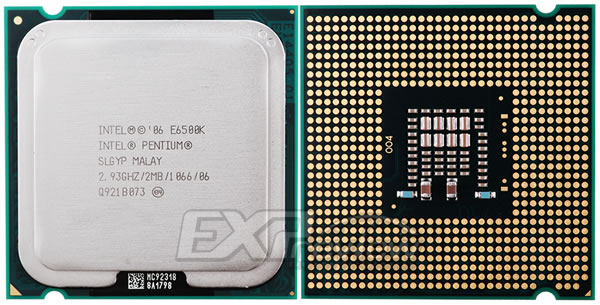
The speed of caches and working with RAM is also important.
Speed in office use
Performance in everyday work such as browsers and office applications.
The performance of 1 core has the greatest impact on the result, since most of these applications use only one, ignoring the rest.
Similarly, many professional applications such as various CADs ignore multi-threaded performance.
Speed in heavy applications
Performance in resource-intensive tasks loading a maximum of 8 cores.
The performance of all cores and their number has the greatest impact on the result, since most of these applications willingly use all the cores and increase the speed accordingly.
At the same time, certain periods of work can be demanding on the performance of one or two cores, for example, applying filters in the editor.
Data obtained from tests by users who tested their systems with and without overclocking. Thus, you see the average values corresponding to the processor.
Speed of numerical operations
Simple household tasks |
||
| Minimum | Average | Maximum |
| 45 | Memory: 75 | 91 |
|
Memory 76.8 |
||
| 20 | 1 core: 45 | 53 |
|
1 core 18.8 |
||
| 34 | 2 cores: 83 | 104 |
|
2 cores 17.6 |
||
Demanding tasks |
||
| Minimum | Average | Maximum |
| 41 | 4 cores: 87 | 104 |
|
4 cores 9. |
||
| 42 | 8 cores: 89 | 104 |
|
8 cores 5 |
Extreme |
||
| Minimum | Average | Maximum |
| 40 | All cores: 88 | 10 4 |
|
All cores 1.5 |
Different tasks require different CPU strengths. A system with few fast cores and low memory latency will be fine for the vast majority of games, but will be inferior to a system with a lot of slow cores in a rendering scenario.
We believe that a minimum of 4/4 (4 physical cores and 4 threads) processor is suitable for a budget gaming PC. At the same time, some games can load it at 100%, slow down and freeze, and performing any tasks in the background will lead to a drop in FPS.
Ideally, the budget shopper should aim for a minimum of 4/8 and 6/6. A gamer with a big budget can choose between 6/12, 8/8 and 8/16. Processors with 10 and 12 cores can perform well in games with high frequency and fast memory, but are overkill for such tasks. Also, buying for the future is a dubious undertaking, since in a few years many slow cores may not provide sufficient gaming performance.
When choosing a processor for your work, consider how many cores your programs use. For example, photo and video editors can use 1-2 cores when working with filtering, and rendering or converting in the same editors already uses all threads.
Data obtained from tests by users who tested their systems both with overclocking (maximum value in the table) and without (minimum). A typical result is shown in the middle, the more filled in the color bar, the better the average result among all tested systems.
A typical result is shown in the middle, the more filled in the color bar, the better the average result among all tested systems.
Compare
Benchmarks
Benchmarks were run on stock hardware, that is, without overclocking and with factory settings. Therefore, on overclocked systems, the points can noticeably differ upwards. Also, small performance changes may be due to the BIOS version.
Passmark
Intel Core 2 Duo T9600
1036
Intel Pentium G630T
1029
AMD Athlon II X2 220
9 0020 1028
Intel Pentium E6300
1024
Intel Pentium 2117U
1021
Intel Pentium 2127U
1019
Intel Core 2 Duo P9500
1015
Intel Core2 Duo P9500
1015
AMD A4-4 300M APU
1011
Intel Pentium E5500
1008
Intel Pentium B950
1007
Tests in games
FPS measured by us in popular games on Intel Pentium 2127U and compliance with system requirements.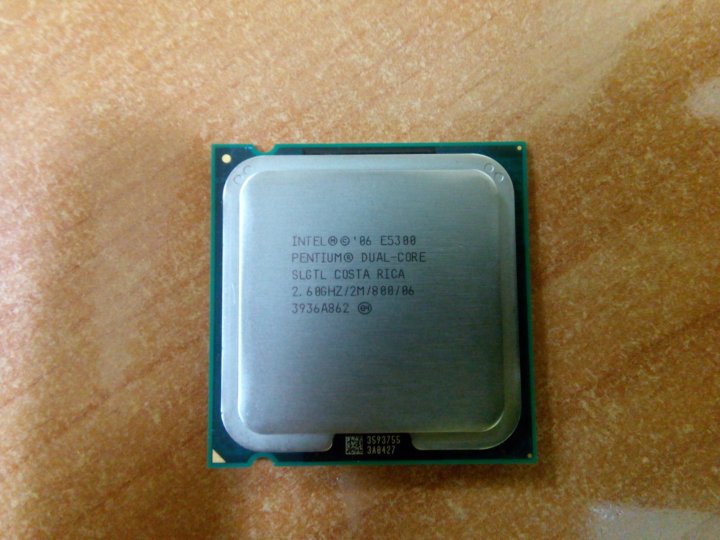 Please note that the official requirements of developers in games do not always match the data of real tests. Also, the result is strongly influenced by the overclocking of the system and the graphic settings in the game. We test at high settings in FullHD resolution to get numbers close to real gameplay.
Please note that the official requirements of developers in games do not always match the data of real tests. Also, the result is strongly influenced by the overclocking of the system and the graphic settings in the game. We test at high settings in FullHD resolution to get numbers close to real gameplay.
There are currently 0 games in our database. On average, in all gaming tests, the processor scored 32.3 points out of 100, where 100 is the fastest gaming processor to date.
Select game
Specifications
Main
| Socket Installed in motherboards with a suitable socket. Note that a socket is not guaranteed to be compatible. The manufacturer may not add support to the BIOS. | BGA 1023 |
| Manufacturer Firm | Intel |
| Code name of the Microarchitecture family. | Ivy Bridge |
Performance
Cores The total number of physical cores. |
2 |
| ThreadsNumber of threads. The number of logical processor cores that the operating system sees. | 2 |
| Multi-Threading Technology With Intel’s Hyper-threading and AMD’s SMT technologies, one physical core is recognized by the operating system as two logical cores, thereby increasing processor performance in multi-threaded applications. | Missing |
| Base frequencyThe guaranteed frequency of all cores (P-cores in the case of the corresponding architecture) of the processor at maximum load. It is important to remember that speed and frequency are not directly related. For example, a new processor at a lower frequency may be faster than an old one at a higher one. | 1.9 GHz |
TDPThermal Design Power is an indicator that determines heat dissipation in standard operation. The cooler or water cooling system must be rated for a larger value. Remember that with a factory bus or manual overclocking, TDP increases significantly. The cooler or water cooling system must be rated for a larger value. Remember that with a factory bus or manual overclocking, TDP increases significantly. |
17W |
Cache and RAM
| Maximum RAM Amount of RAM that can be installed on the motherboard with this processor. | 32 GB |
| Supported type of RAM The type of RAM determines its frequency and timings (speed), availability, price. | DDR3/L/-RS 1333/1600 |
| RAM Channels The multi-channel memory architecture increases data transfer speed. On desktop platforms, two-channel, three-channel and four-channel modes are available. | 2 |
| RAM bandwidth | 25.6 GB/s |
Video core
Integrated graphics core Allows you to use your computer without a discrete graphics card. The monitor is connected to the video output on the motherboard. If earlier integrated graphics made it possible to simply work at a computer, today it can replace budget video accelerators and makes it possible to play most games at low settings. The monitor is connected to the video output on the motherboard. If earlier integrated graphics made it possible to simply work at a computer, today it can replace budget video accelerators and makes it possible to play most games at low settings. |
Intel® HD Graphics |
| GPU base clockFrequency of 2D and idle operation. | 350 MHz |
| Max GPU ClockMaximum 3D clock. | 1100 MHz |
| Intel® Wireless Display (Intel® WiDi) Supports Wireless Display technology over Wi-Fi 802.11n. Thanks to it, a monitor or TV equipped with the same technology does not require a cable to connect. | No data |
| Supported monitorsThe maximum number of monitors that can be connected to the integrated video core at the same time. | 3 |
PCI
PCI-E The PCI Express computer bus version. The bandwidth and power limit depend on the version. There is backward compatibility. The bandwidth and power limit depend on the version. There is backward compatibility. |
1×16, 2×8, 1×8 2×4 |
Details
| Model Official name. | 2127U |
| ArchitectureCode name for the microarchitecture generation. | Ivy Bridge |
| Process The manufacturing process, measured in nanometers. The smaller the technical process, the more perfect the technology, the lower the heat dissipation and power consumption. For Ryzen with a chiplet layout, the CCD process is implied. | 22 nm |
| DescriptionInformation about the processor, taken from the official website of the manufacturer. | Intel® Pentium® Processor 2127U (2M Cache, 1.90 GHz) |
| Instructions | 64-bit |
Extended instruction set Allows you to speed up calculations, processing and execution of certain operations. Also, some games require instruction support. Also, some games require instruction support. |
SSE4.x |
| Bus frequency The speed of communication with the system. | 5 GT/s DMI |
Competitors
| Games | Office | Heavy duty | |
|---|---|---|---|
| Better than | AMD Phenom 8650 Triple-Core | AMD A10-9630P APU (2016 M.BR) | AMD Phenom 8650 Triple-Core |
| Worse than | AMD A6-6400K APU | AMD Athlon II X2 240 | AMD A6-6400K APU |
Please note that competitors are selected automatically based on performance in a particular task. Therefore, some may puzzle you. We are improving our selection algorithm, treat with understanding.
Therefore, some may puzzle you. We are improving our selection algorithm, treat with understanding.
Compare
Intel Pentium 2127U vs AMD Phenom 8650 Triple-Core
Intel Pentium 2127U vs AMD A10-9630P APU (2016 M.BR)
Intel Pentium 2127U vs AMD Phenom 8650 Triple-Core
Intel Pentium 2127U vs AMD A6-6400K APU
Intel Pentium 2127U vs AMD Athlon II X2 240
Intel Pentium 2127U vs AMD A6-6400K APU
Your comment can be here
Review of the Intel Pentium 2127U processor: specifications, tests in benchmarks
The Pentium 2127U processor was released by Intel, release date: 1 July 2013. At the time of release, the processor cost $134. The processor is designed for mobile computers and is based on the Ivy Bridge architecture.
At the time of release, the processor cost $134. The processor is designed for mobile computers and is based on the Ivy Bridge architecture.
Processor locked for overclocking. The total number of cores — 2, threads — 2. The maximum clock frequency of the processor — 1.9 GHz. The maximum temperature is 105 °C. Technological process — 22 nm. Cache size: L1 — 128 KB, L2 — 512 KB, L3 — 2048 KB.
Supported memory type: DDR3/L/-RS 1333/1600. Maximum supported memory size: 32 GB.
Supported socket type: FCBGA1023. The maximum number of processors in the configuration is 1. Power consumption (TDP): 17 Watt.
The processor is integrated with Intel HD Graphics with the following graphics settings: maximum frequency — 1.1 GHz.
Benchmarks
| PassMark Single thread mark |
|
|||||
| PassMark CPU mark |
|
|
||||
| Geekbench 4 Single Core |
|
|||||
| Geekbench 4 Multi-Core |
|
|||||
CompuBench 1.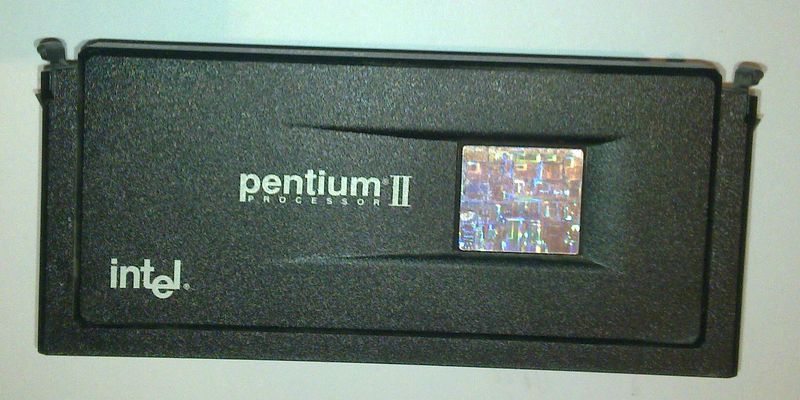 5 Desktop 5 Desktop Face Detection |
|
|
||||
| CompuBench 1.5 Desktop Ocean Surface Simulation |
|
|
||||
| CompuBench 1.5 Desktop T-Rex |
|
|
||||
| CompuBench 1.5 Desktop Video composition |
|
|
||||
| CompuBench 1.5 Desktop Bitcoin Mining |
|
|
||||
| GFXBench 4.0 T-Rex |
|
|
||||
| GFXBench 4.0 T-Rex |
|
|
| Name | Meaning |
|---|---|
| PassMark — Single thread mark | 934 |
| PassMark — CPU mark | 1030 |
| Geekbench 4 — Single Core | 305 |
| Geekbench 4 — Multi-Core | 564 |
CompuBench 1.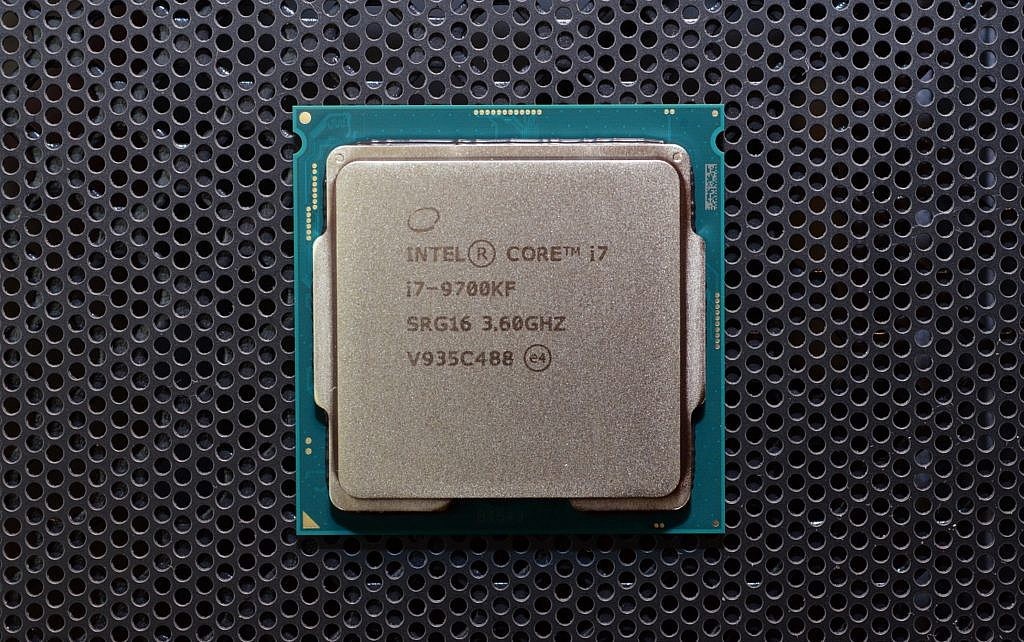 5 Desktop — Face Detection 5 Desktop — Face Detection |
2.831 mPixels/s |
| CompuBench 1.5 Desktop — Ocean Surface Simulation | 15.200 Frames/s |
| CompuBench 1.5 Desktop — T-Rex | 0.121 Frames/s |
| CompuBench 1.5 Desktop — Video Composition | 0.662 Frames/s |
| CompuBench 1.5 Desktop — Bitcoin Mining | 1.403 mHash/s |
| GFXBench 4.0 — T-Rex | 1795 Frames |
| GFXBench 4.0 — T-Rex | 1795.000 Fps |
Characteristics
| Architecture name | Ivy Bridge |
| Production date | July 1, 2013 |
| Price at first issue date | $134 |
| Place in the ranking | 2670 |
| Price now | $134 |
| Processor Number | 2127U |
| Series | Intel® Pentium® Processor 2000 Series |
| Status | Launched |
| Price/performance ratio (0-100) | 4.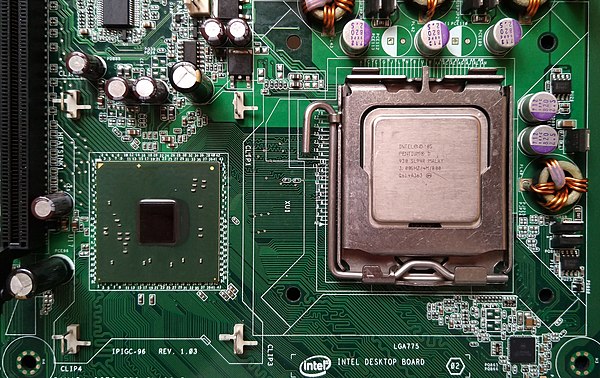 00 00 |
| Applicability | Mobile |
| Support 64 bit | |
| Base frequency | 1.90 GHz |
| Bus Speed | 5 GT/s DMI |
| Level 1 cache | 128KB |
| Level 2 cache | 512KB |
| Level 3 cache | 2048KB |
| Process | 22nm |
| Maximum core temperature | 105 °C |
| Maximum frequency | 1. 9 GHz 9 GHz |
| Number of cores | 2 |
| Number of threads | 2 |
| Maximum number of memory channels | 2 |
| Maximum memory bandwidth | 25.6 GB/s |
| Maximum memory size | 32GB |
| Supported memory types | DDR3/L/-RS 1333/1600 |
| Graphics base frequency | 350 MHz |
| Graphics max dynamic frequency | 1. 10 GHz 10 GHz |
| Maximum GPU clock | 1.1 GHz |
| Intel® Clear Video HD Technology | |
| Intel® Clear Video Technology | |
| Intel® Flexible Display Interface (Intel® FDI) | |
| Intel® InTru™ 3D Technology | |
| Intel® Quick Sync Video | |
| Integrated graphics | Intel HD Graphics |
| CRT | |
| DisplayPort | |
| eDP | |
| HDMI | |
| Maximum number of monitors supported | 3 |
| SDVO | |
| WiDi support | |
| Low Halogen Options Available | |
| Maximum number of processors in configuration | 1 |
| Package Size | 31mm x 24mm |
| Supported sockets | FCBGA1023 |
| Power consumption (TDP) | 17 Watt |
| Number of PCI Express lanes | 16 |
| PCI Express revision | 2. 0 0 |
| PCIe configurations | 1×16, 2×8, 1×8 2×4 |
| Anti-Theft Technology | |
| Execute Disable Bit (EDB) | |
| Intel® Trusted Execution Technology (TXT) | |
| 4G WiMAX Wireless | |
| Enhanced Intel SpeedStep® Technology | |
| Flexible Display interface (FDI) | |
| Idle States | |
| Extended instructions | Intel® SSE4.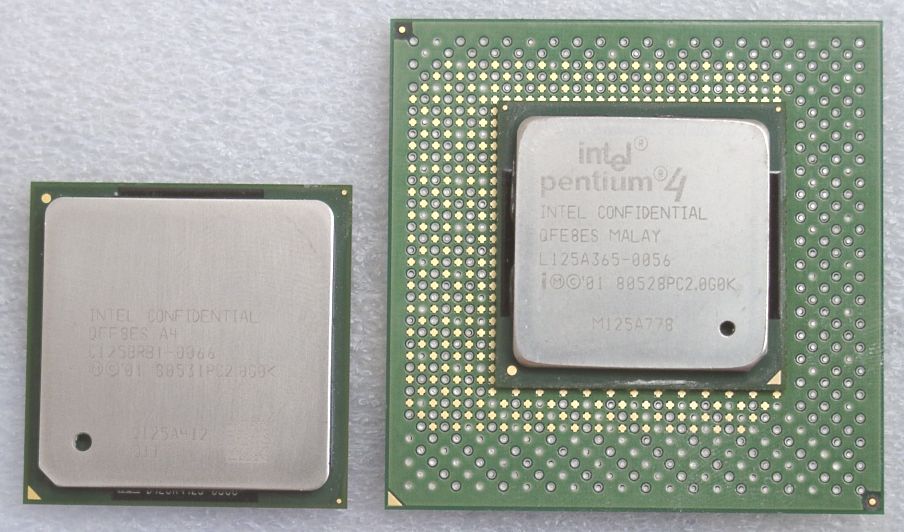 1, Intel® SSE4.2 1, Intel® SSE4.2 |
| Intel 64 | |
| Intel® AES New Instructions | |
| Intel® Demand Based Switching | |
| Intel® Fast Memory Access | |
| Intel® Flex Memory Access | |
| Intel® Hyper-Threading Technology | |
| Intel® My WiFi Technology | |
| Intel® Turbo Boost Technology | |
| Intel® vPro™ Platform Eligibility | |
| Thermal Monitoring | |
| Intel® Virtualization Technology (VT-x) | |
| Intel® Virtualization Technology for Directed I/O (VT-d) | |
| Intel® VT-x with Extended Page Tables (EPT) | |
Navigation
Select processor
Processor comparison
Intel Pentium 2127U vs.
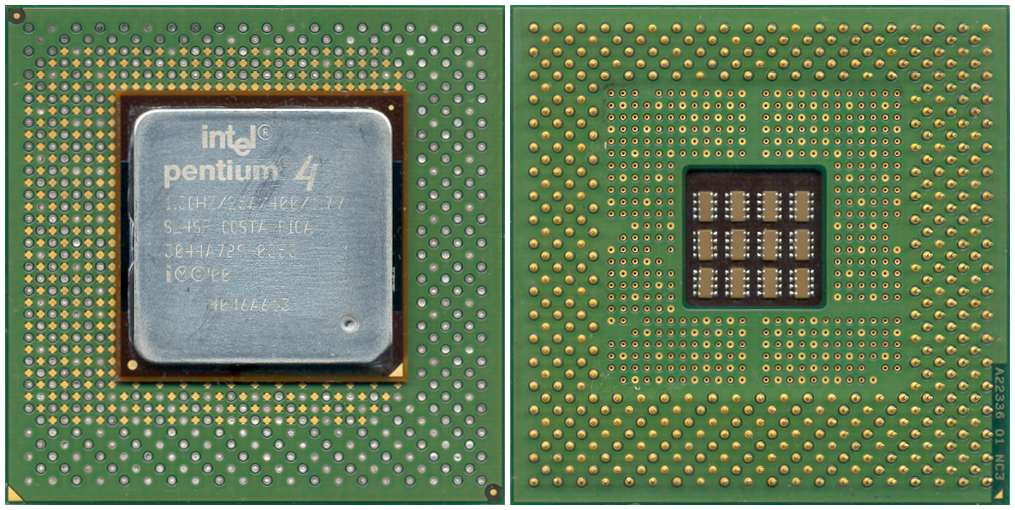

 2
2 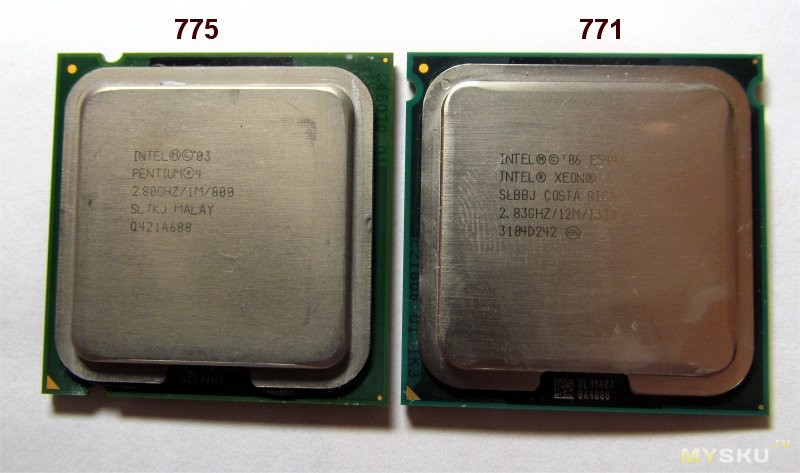 643 Frames/s
643 Frames/s  403 mHash/s
403 mHash/s